This post is also available in: ![]() Português
Português
Visiting Pantanal can be a rather complex task. The distances are enormous and there is a lot to see in the region. There is almost no reliable information about the Pantanal on the internet as well. In fact, because of the lack of reliable information about a Pantanal trip, we decided to go on a Pantanal tourism trip to make a travel guide with all the information about Pantanal in Brazil.
As a journalist and a photographer working with tourism for seven years, we decided to spend a few days exploring the Pantanal wetland to be able to write here a complete Pantanal travel guide with all the information, tips and curiosities you need to organize your Pantanal tour!
Pantanal in Brazil
- What is the Pantanal?
- Pantanal in Brazil – South Pantanal vs North Pantanal
- How to get to the Pantanal
- Map of Pantanal
- Pantanal Travel Itinerary (4 options according to time and preferences)
- Where to stay in Pantanal
- How to see a jaguar in the Pantanal
- Best time to travel to the Pantanal
- What to pack for your trip
- Preserving the Pantanal through Tourism
What is Pantanal?
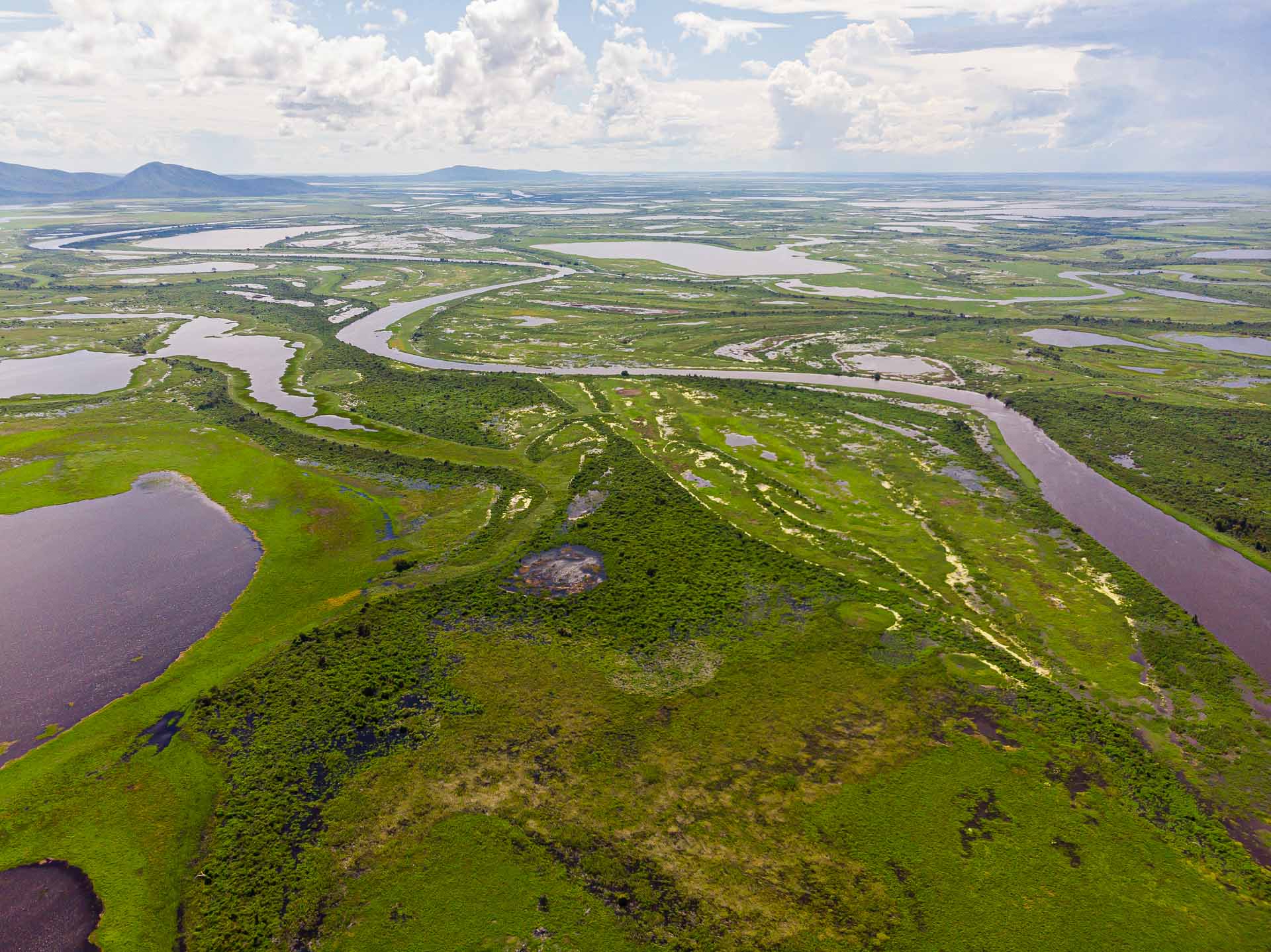
The Pantanal is simply the largest wetland on the planet, which does not mean it is a swamp! It is a large region composed of many districts, two states of Brazil as well as part of Paraguay and Bolivia.
It is basically a land that gets flooded once a year for a long period of time because of its unique geological conditions. And it dries up for the other part of the year. When is the dry season, all this organic material that was flooded becomes food for many animals. It’s a cycle that happens every year!
The Brazilian wetlands depend on the rainfall cycle and spend part of the year flooded and another part dry. That is why it is so important to know the biome Pantanal before deciding the best time to visit Pantanal – which we will talk more about later in the article.
Besides the Pantanal wetland occupying areas of Brazil, Paraguay and Bolivia, it is influenced by four biomes: the Atlantic Forest, Amazon Forest, Cerrado and the Chaco. You find the whole fauna and flora typical of these biomes in the Pantanal in Brazil. However, the most sought-after of the Pantanal animals, surely, is the jaguar. Carry on as we will talk further down about where and how to see jaguars in the Pantanal!
Pantanal in Brazil – north and south
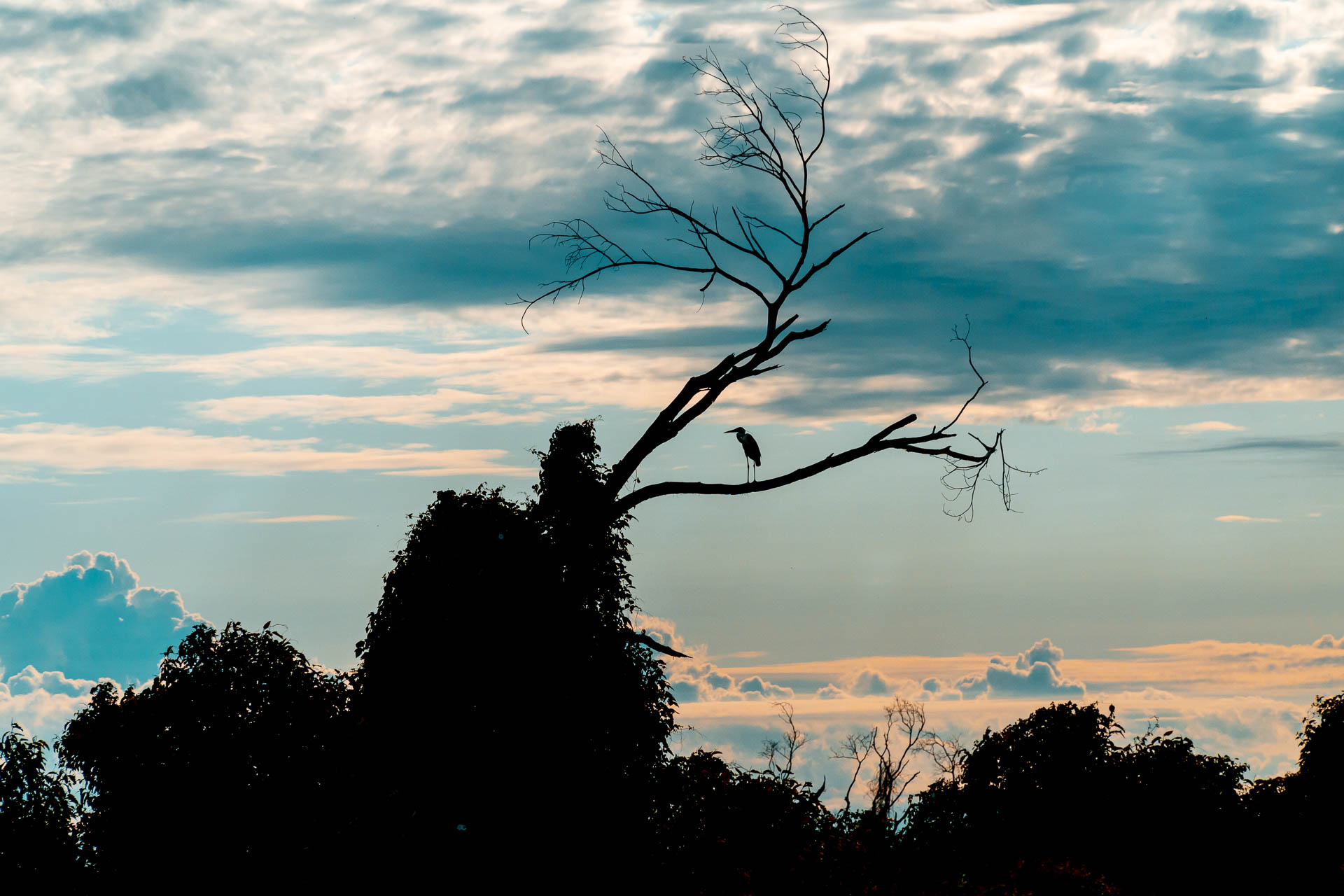
Few people know, but the Pantanal is divided between Pantanal Norte, in Mato Grosso, and Pantanal Sul, in Mato Grosso do Sul. Therefore, the first decision you have to make before your Pantanal travel is which of the two you want to visit. Unfortunately, they are not well-connected. Travelling between them by car would take a whole day. And somehow, we have the feeling that you are more interested in travelling to Pantanal South, in Mato Grosso do Sul, aren’t you?
We also opted to visit the Pantanal South in Mato Grosso do Sul (MS). 65% of the Pantanal in Brazil is in MS. In addition, the tourist structure over there is a little better than the one of the Pantanal North. Furthermore, we wanted to combine our Pantanal tourism with tourism in Bonito as well, which is also in MS. For this reason, we ended up opting for the Pantanal South in Mato Grosso do Sul, which will be the focus of this text.
How to get to the Pantanal
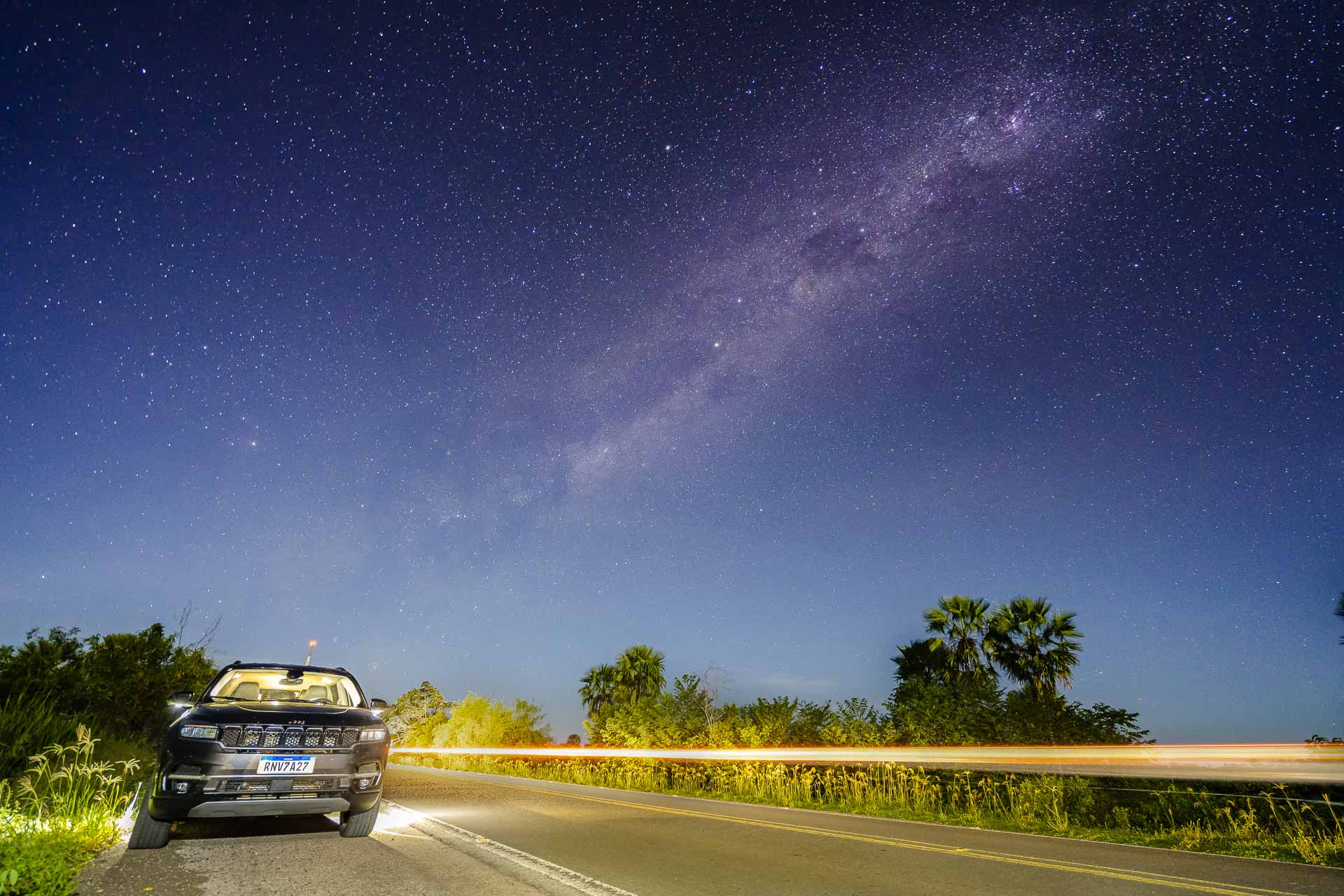
The main gateway for those going on a Pantanal tour is Campo Grande, the capital of MS. You can arrive in Campo Grande from different parts of Brazil, by all means, either by car, flight or the way that suits you better.
We actually did Pantanal – São Paulo by car. We drove from São Paulo to Campo Grande. The whole journey took us 14h driving. We stopped to sleep in Presidente Prudente – check where to sleep in Presidente Prudente.
For those coming by plane, we highly recommend to rent a car in Pantanal, once you get to Campo Grande. This area is not very accessible by public transport. For car rental, we always use Discover Cars, partners of the blog. They work as a search tool among the main rental companies in the country and always bring the best offers and car. Get a quote here!
In general, it is not necessary to have a 4×4 car for this Pantanal trip. However, everything will depend on much it will rain. So, it is worth checking the weather forecast before making your decision. Or just go for a 4×4, just in case!
From Campo Grande, you have access to the main cities of the Pantanal South via the BR 262, such as Aquidauana – 141 km away; Miranda – 210 km; and Corumbá – 430 km. Have your documentation up to date and don’t drink! I know it sounds like ridiculous advice, but not really in Brazil. Police checkpoints in this road will check documents and take breathalysers, because of the proximity to the border of Paraguay. Moreover, there are many animals crossing the road and you ought to be sharp and drive carefully.
Map of Pantanal in Brazil
The Pantanal map below shows exactly where is the Pantanal in relation to Brazil as well as the way from Campo Grande to Corumbá.
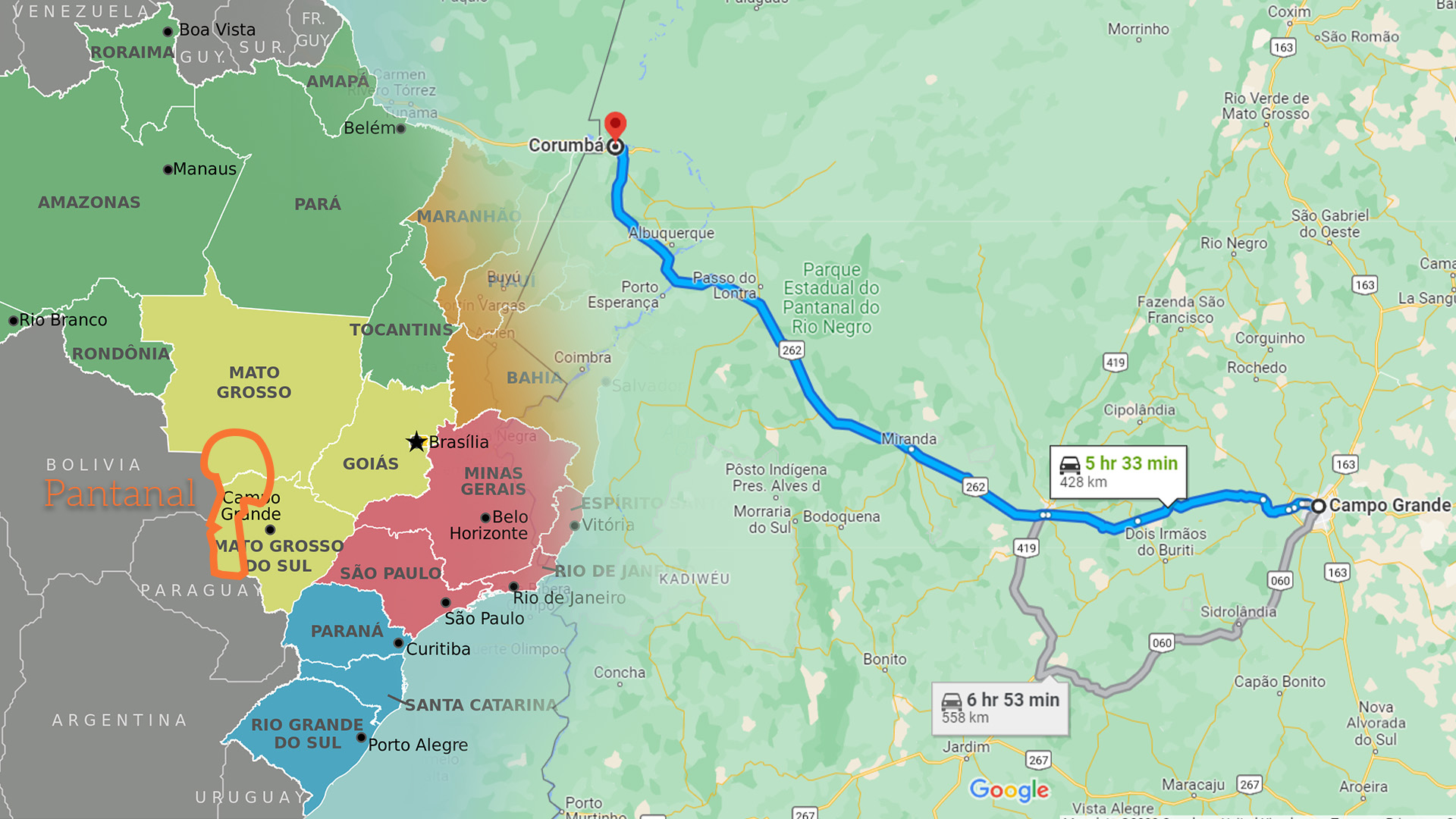
Pantanal tourism
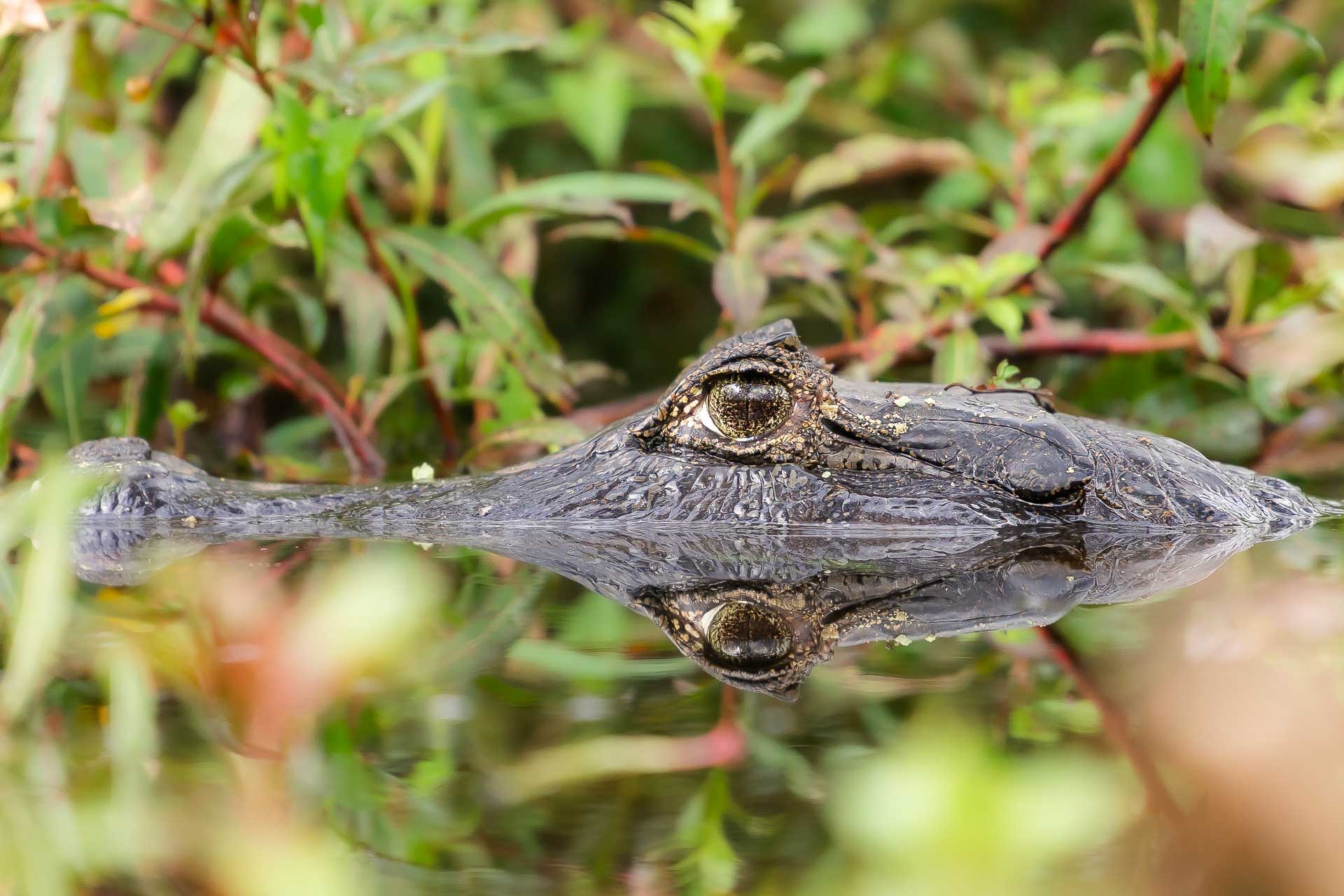
Making a travel guide for Pantanal tourism can be a somewhat complex task. There are many options for Pantanal tours and routes. Also, everything will depend on the time you have for the trip, how much you are willing to spend as well as your interests as a visitor.
With that in mind, we made you FOUR options of itinerary for your Pantanal tourism:
– 1 and 2 are for those who want to take a trip only through the Pantanal;
– 3 and 4 are for those who want to take the chance and combine the trip to get to know the city of Bonito as well (we highly recommend it!).
Pantanal tourism #1 – Travel Guide Pantanal short
This is ideal for those who have a short time – 3 to 4 days.
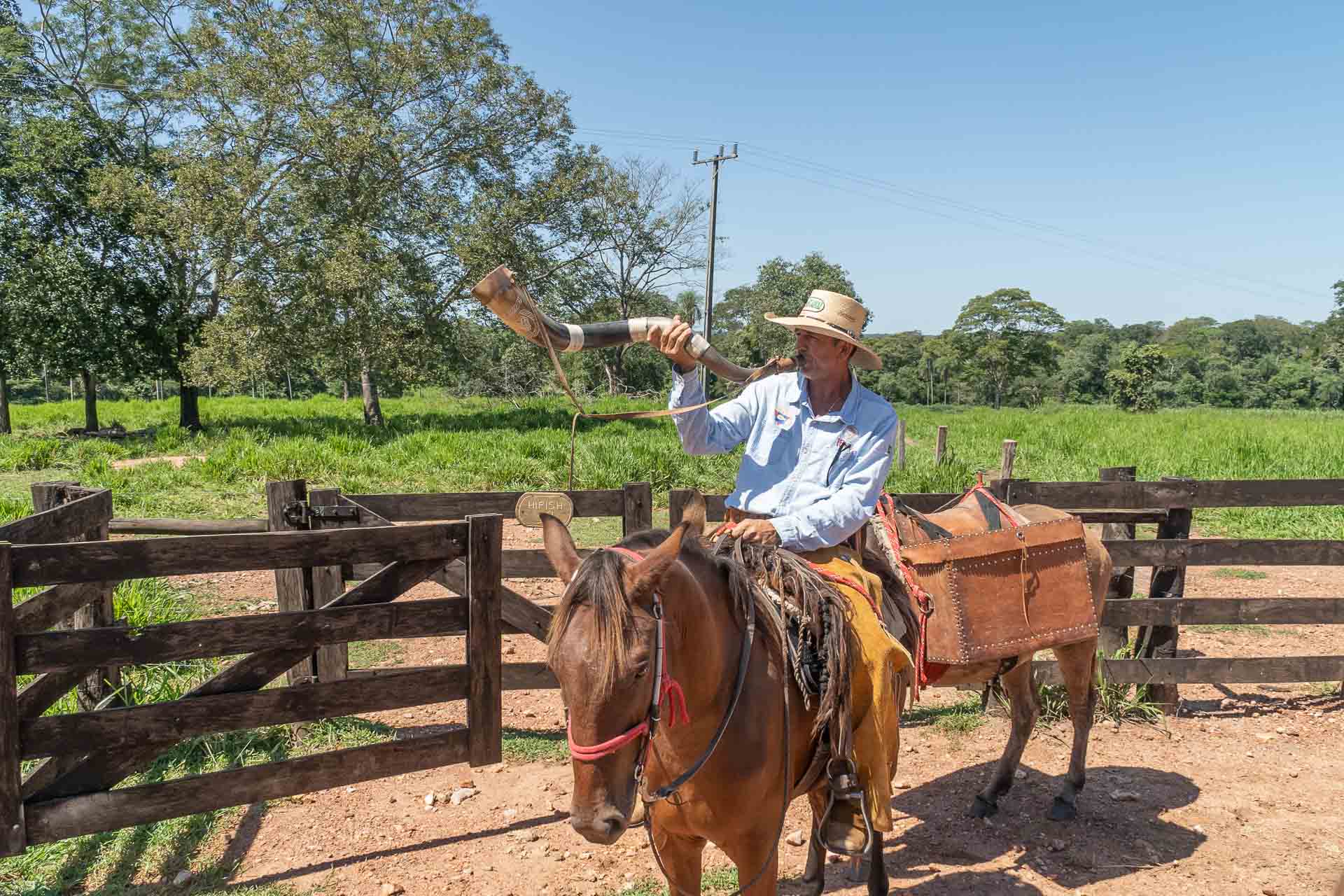
- Day 01-04: Arrival in Campo Grande by car, or rent a car at the airport; drive to Aquidauana and enjoy the region for three days on a typical Pantanal farm (We recommend the Aguape Farm).
Note: We stayed at Aguape Farm and we loved it. But we also heard good things about Caiman and Refugio da Ilha. In all of them, it is possible to have a general experience of the Pantanal culture. Each day, you have an activity included in the accommodation, such as animal sighting, horseback riding, boat ride and more.
Pantanal tourism #2 – Travel Guide Pantanal long
This is ideal for those who have at least 1 week of travel through the Pantanal in Brazil.
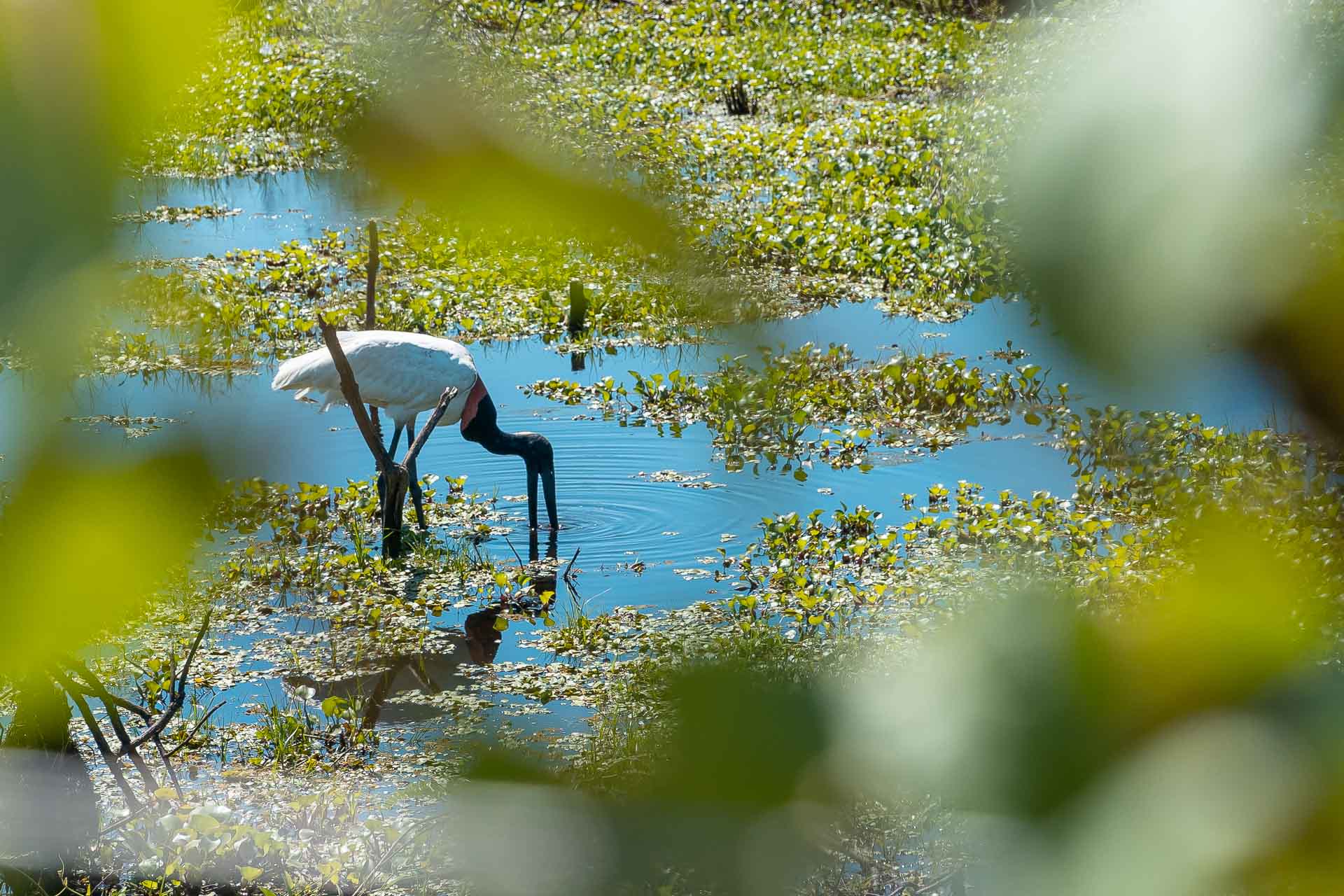
- Day 01: Arrival in Campo Grande by car, or rent a car at the airport; drive to Corumbá (stay at Hotel Virginia or Hotel Nacional);
- Day 02: Safari drive along the Estrada Parque;
- Day 03: Floating activity on the Paraguai Mirim River;
- Day 04: Visit La Cueva in Montacusito – a cave in Bolivia;
- Day 05-07: Drive to Miranda or Aquidauana (neighbouring tows). Enjoy the region for three days on a typical Pantanal farm (We recommend the Fazenda Aguapé).
- Day 08: make a mini-entourage at the HiFish Farm and depart to Campo Grande.
Pantanal tourism #3 – Travel Guide Pantanal and Bonito short
This is ideal for those who want to travel to Pantanal and Bonito and have only one week.
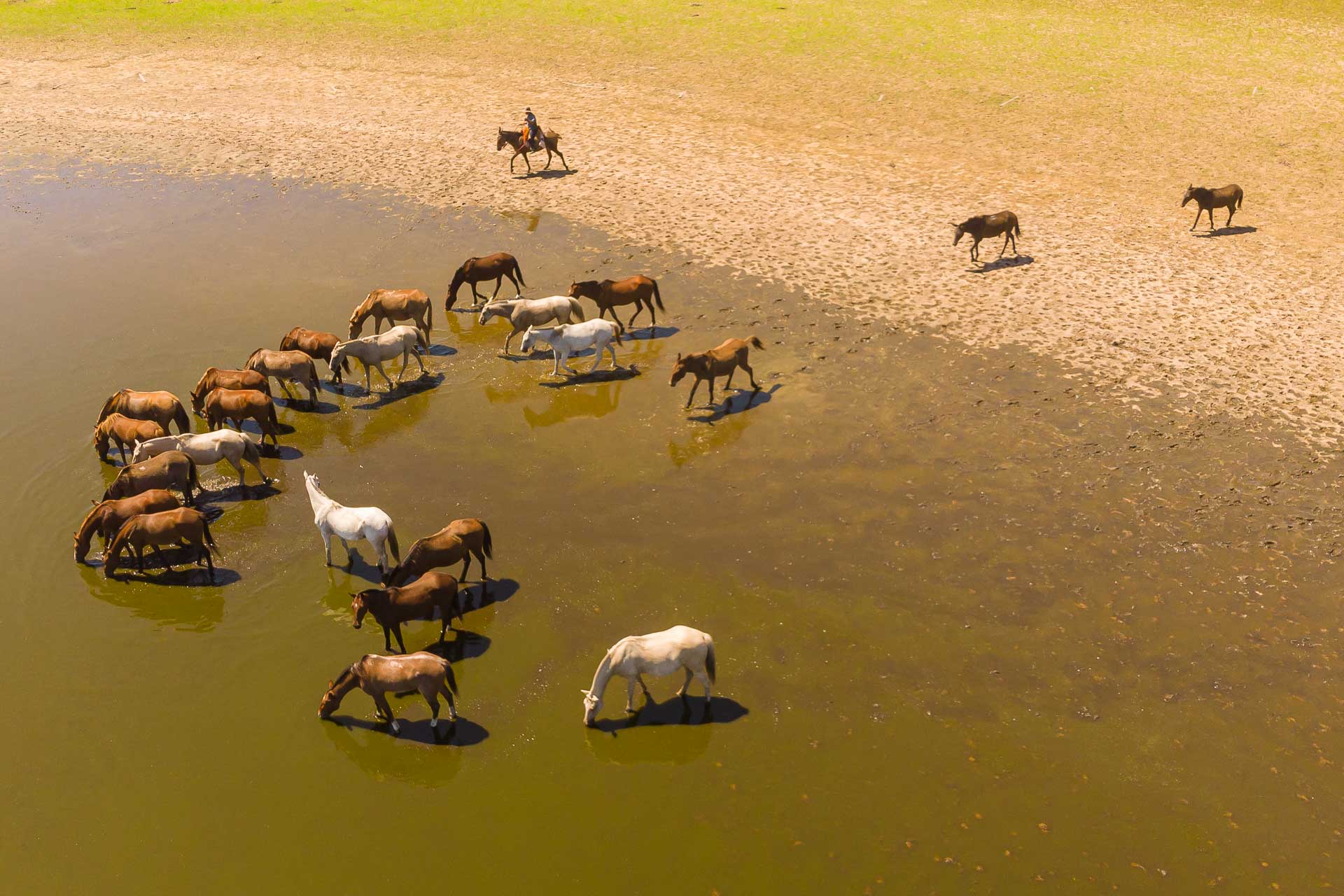
- Day 01-03: Arrival in Campo Grande by car, or rent a car at the airport; drive to Miranda and enjoy the region for three days on a typical Pantanal farm (We recommend Fazenda Aguapé).
- Day 04-07: Go to Bonito for nature experiences and activities in Bonito – check our article about Bonito (coming soon) (stay at Hotel Marruá, Hotel Cabana or Hotel Selina); and return to Campo Grande.
Pantanal tourism #4 – Travel Guide Pantanal and Bonito long
This is ideal for those who want to do tourism in Pantanal and Bonito and have at least 15 days.
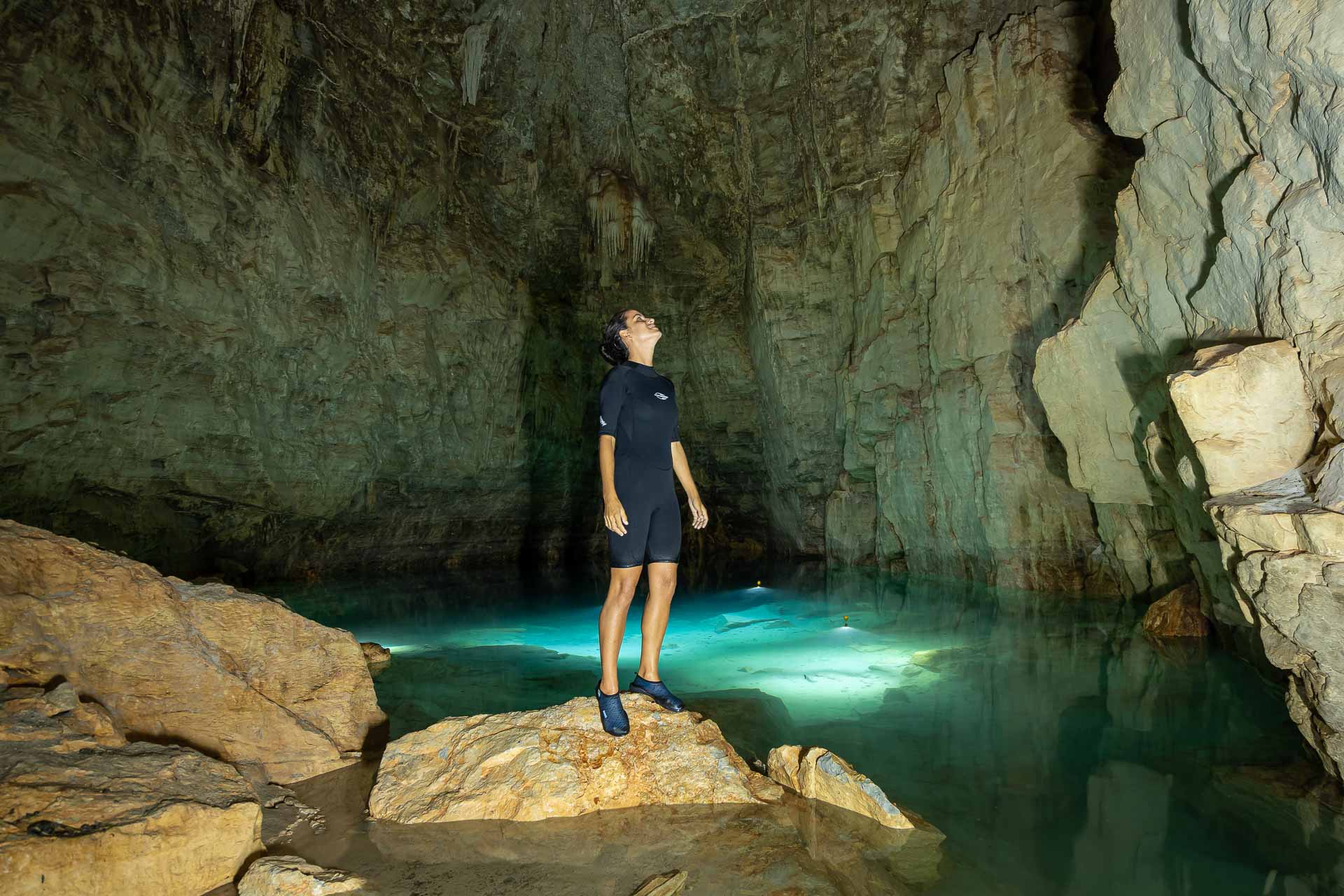
- Day 01: Arrival in Campo Grande by car, or rent a car at the airport; drive to Corumbá (stay at Hotel Virginia or Hotel Nacional);
- Day 02: Drive along Estrada Parque;
- Day 03: Floating on the Paraguai Mirim River;
- Day 04: Visit La Cueva in Montacusito – a cave in Bolivia;
- Day 05-07: Drive to Miranda or Aquidauana. Enjoy the region for three days on a typical Pantanal farm – We recommend Fazenda Aguapé.
- Day 08: Make a mini-entourage at the HiFish Farm and sleep at a hotel in Bodoquena;
- Day 09: Go for the trail of the Canyons in the Serra da Bodoquena National Park with Eco Serrana Park;
- Day 10: Visit Fazenda Boca da Onça for trekking and adventure in nature and drive to Bonito (stay at Hotel Marruá, Hotel Cabana or Hotel Selina)
- Day 11-14: Activities in Bonito – check our article about Bonito (coming soon);
- Day 15: Return to Campo Grande.
Serra do Amolar (Bonus!) – a special far-to-reach place in Pantanal
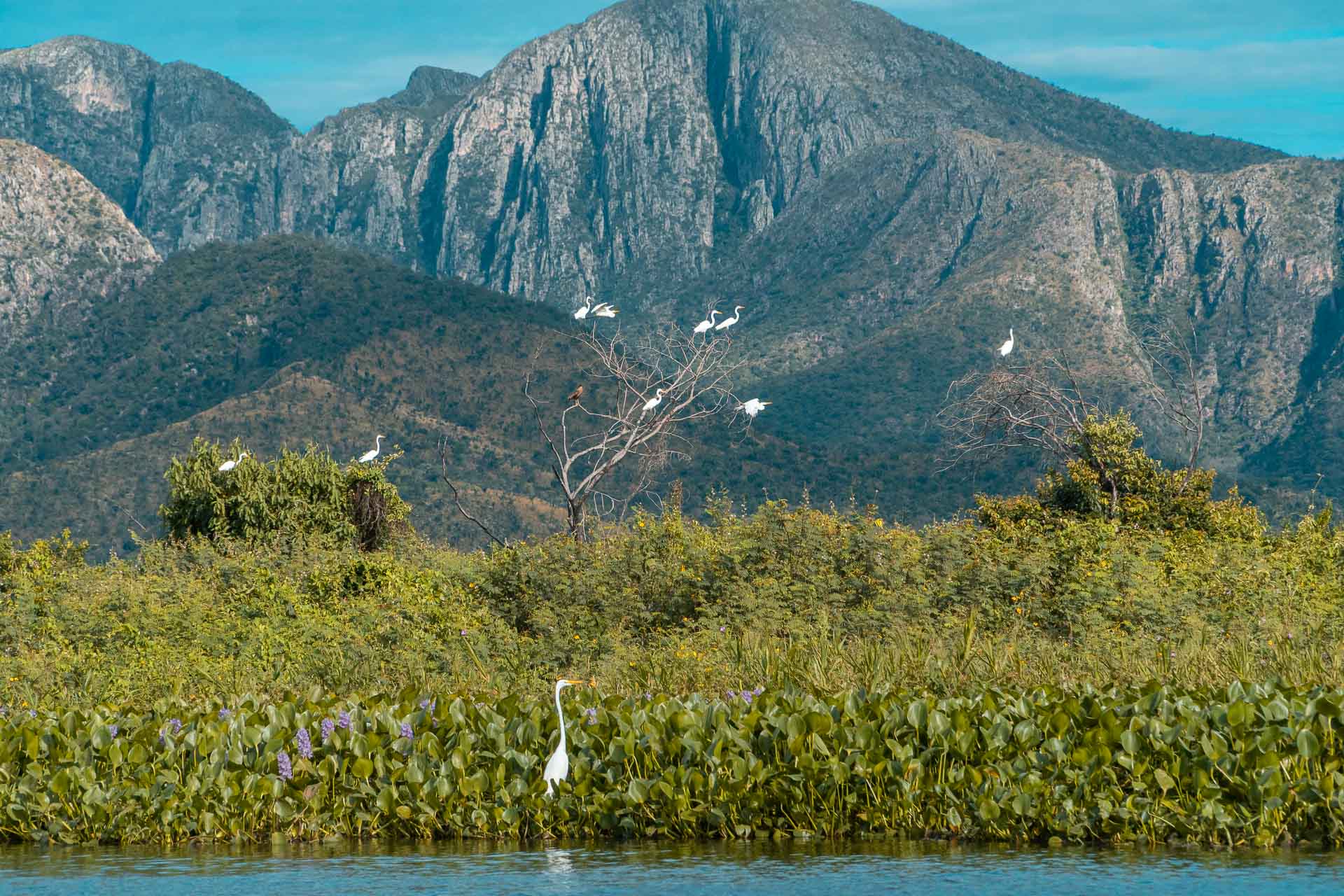
For those who have a little more time and an adventurous spirit, we highly recommend including Serra do Amolar in this itinerary – an extra 4 days minimum.
The Serra do Amolar is the last frontier of the Pantanal. It is a place of rare beauty and practically untouched by human hands. The starting point to visit Serra do Amolar is Corumbá, therefore at the beginning of your itinerary.
Getting there from Corumbá is neither simple nor cheap due to the distance and lack of infrastructure, but it is really worth it. We have a whole article dedicated to Serra do Amolar in Pantanal to help you out.
Where to stay when in Pantanal in Brazil
As we mentioned, the Pantanal involves many districts and states. In our four travel guide for Pantanal tourism above, we have already recommended accommodations for you. But let’s go for regions:
- Corumbá – We recommend Hotel Virgina for a budget or Hotel Nacional for a more sophisticated experience. Otherwise, see other options here.
- Aquidauana – We recommend staying in Aguapé Farm. But check other options here.
- Miranda – Our opinion is Refúgio da Ilha or Caiman Farm. If you want to stay in the city, there is one great option, the Pantanal Hotel, the same owner of the HiFish experience. Just go for another hotel if this is not available, really. But check other options here too.
- Bodoquena – There aren’t many places to stay in Bodoquena, but check your options here.
- Bonito – The hotel Marruá is where we stayed and it was great – good breakfast and rooms! However, we did visit the Hotel Cabanas and really recommend that too. It’s super charming, but a bit far from the city centre. Also, the Hotel Selina was mentioned to us a few times for their interest in sustainability. But see other options here.
- Serra do Amolar – Make sure you make your visit there with IhP (Instituto Homem Pantaneiro). They offer a Pantanal tour to Serra da Amolar (the Amolar Experience) where you see all their projects and the money is used to preserve the area.
Jaguar in the Pantanal
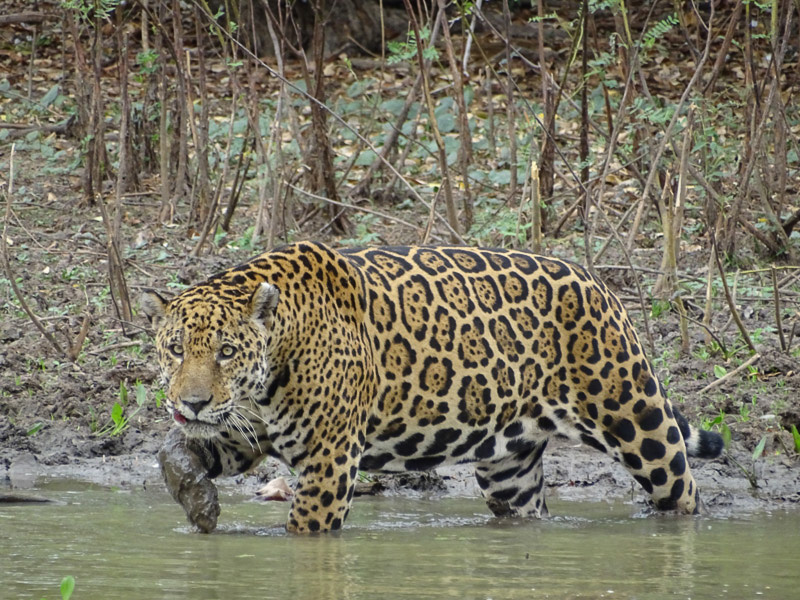
The Pantanal in Brazil has the second largest population of jaguars in the world – second only to the Amazon. In other words, in theory, just by being in the Pantanal you already have great chances of seeing them. However, in practice, it is not that simple. These animals are extremely shy and flee at the slightest sign of human presence.
There is an NGO called Onçafari that works to preserve these animals, mainly in the region of Miranda and Aquidauana. Onçafari is headquartered at Refúgio da Ilha and Caiman Farms. Theoretically, it should be easier to see them in these places. But we spent a few days at Refúgio da Ilha and didn’t see them.
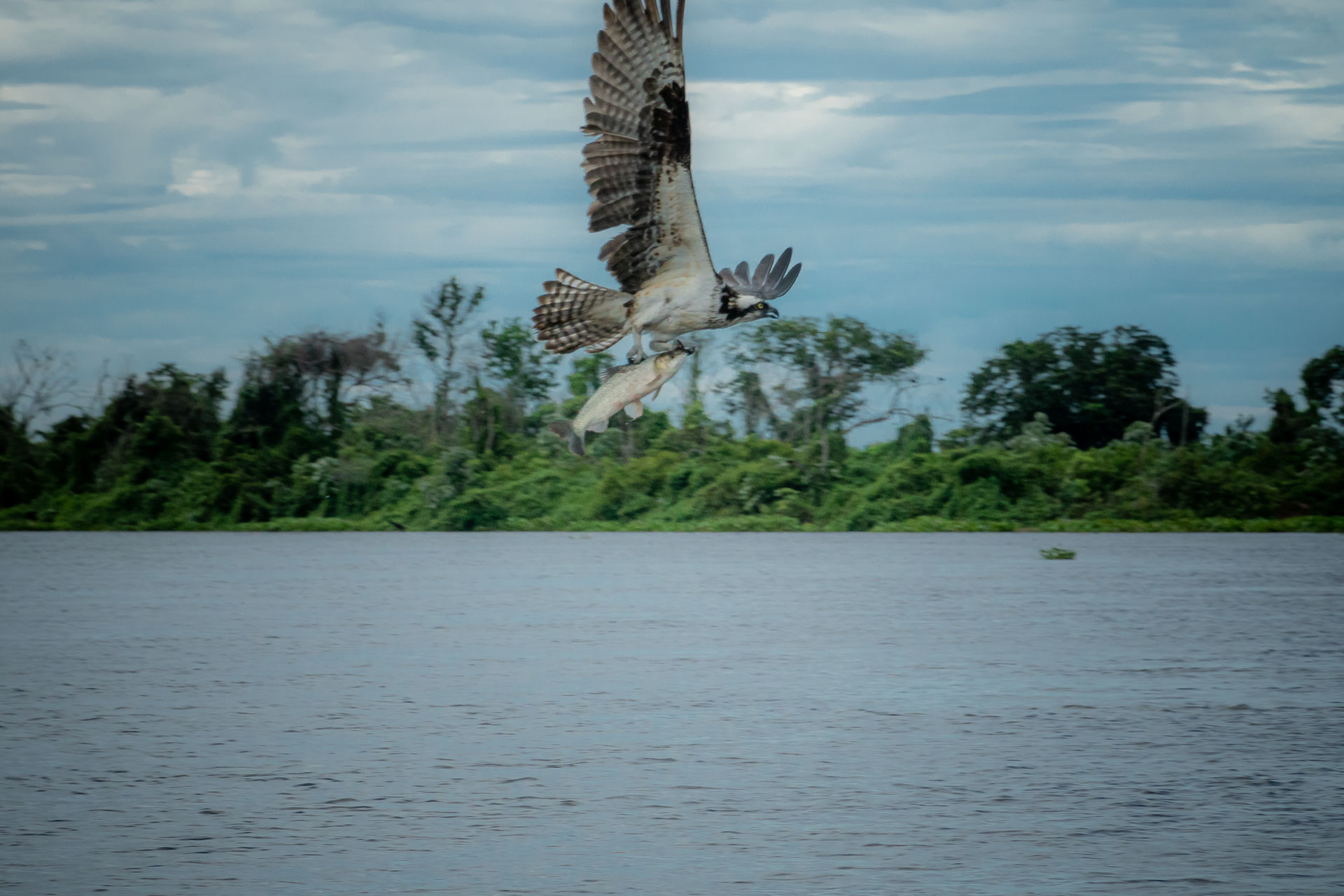
In Serra do Amolar, which is considered a difficult place to see jaguars, the same group that was with us saw a beautiful jaguar the very day after our departure. Can you imagine our frustration when we found out that, for a day, we couldn’t see it?
Anyway, I suppose you need a mix of being in the right time, at the right place with a touch of luck to get to see them. But in order to maximise your chances, visit the Pantanal during the dry season. You will have more chances to see animals.
We spent almost 10 days in the Pantanal. Unfortunately, we didn’t get to see any jaguars, even though we did see a lot of other animals, as you can see on this instagram post!
View this post on Instagram
But the Pantanal is much more than jaguars. A trip over there is a guarantee of getting in touch with a stunning and extremely present nature. You will be amazed to sight many other animals, such as giant otters, alligators, agoutis, in addition to hundreds of bird species.
Who rules in the Pantanal is the Pantanal
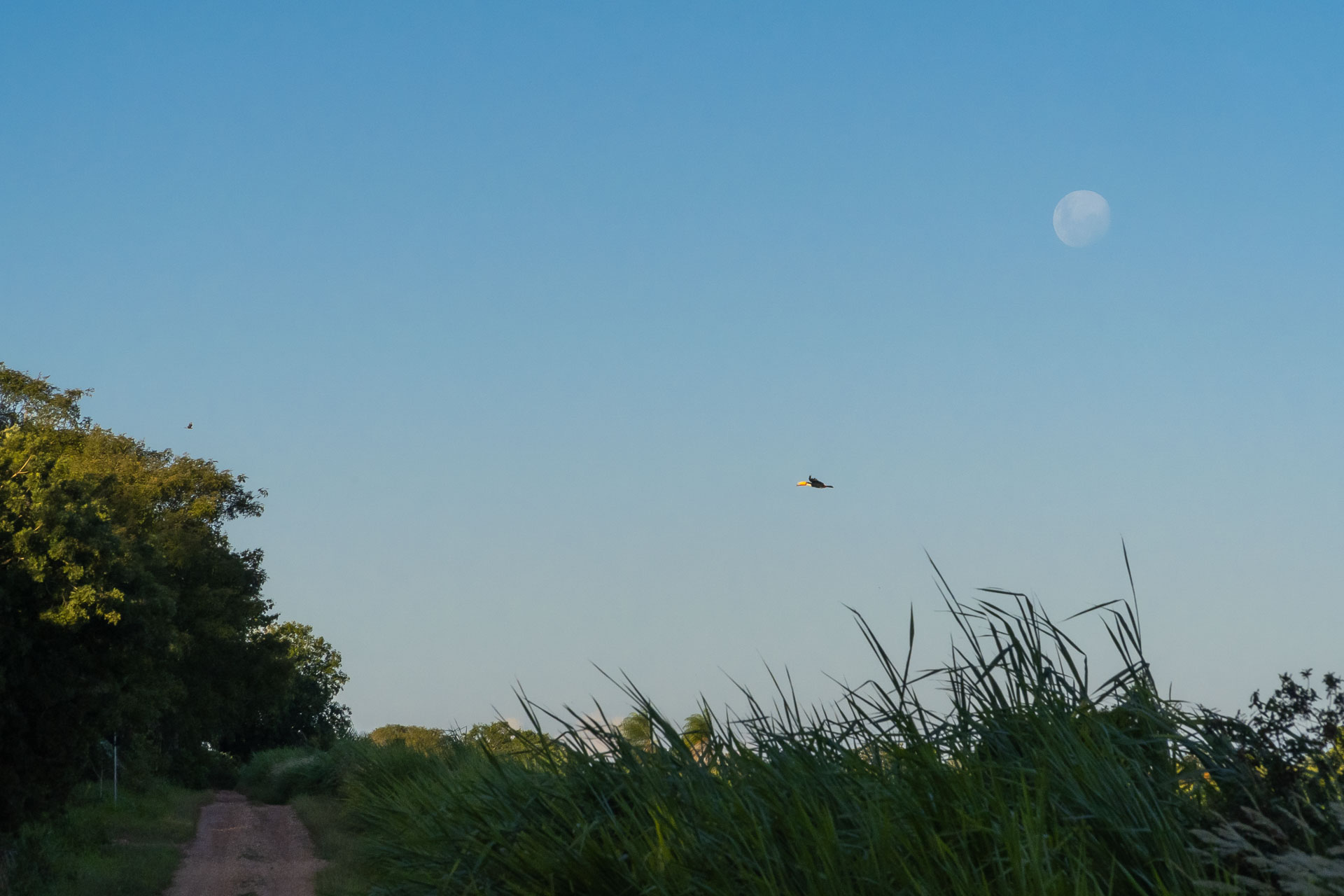
In addition, the Pantanal has its own time. It’s one of the few places on earth that mankind doesn’t have control over it. As Manoel de Barros once wrote: “In Pantanal, no one can draw a line with a ruler”. It means that marking and demarcation of land isn’t possible as the Pantanal rules here.
Basically, because of the circuit of rains and the wet and dry season, one can’t fix a property in the Pantanal without understanding it first. That’s all to say that, when you are there, don’t try to force anything. Let the Pantanal take you. If you see a jaguar, fantastic! If you don’t, enjoy every minute of the journey anyway.
Best time to visit Pantanal in Brazil
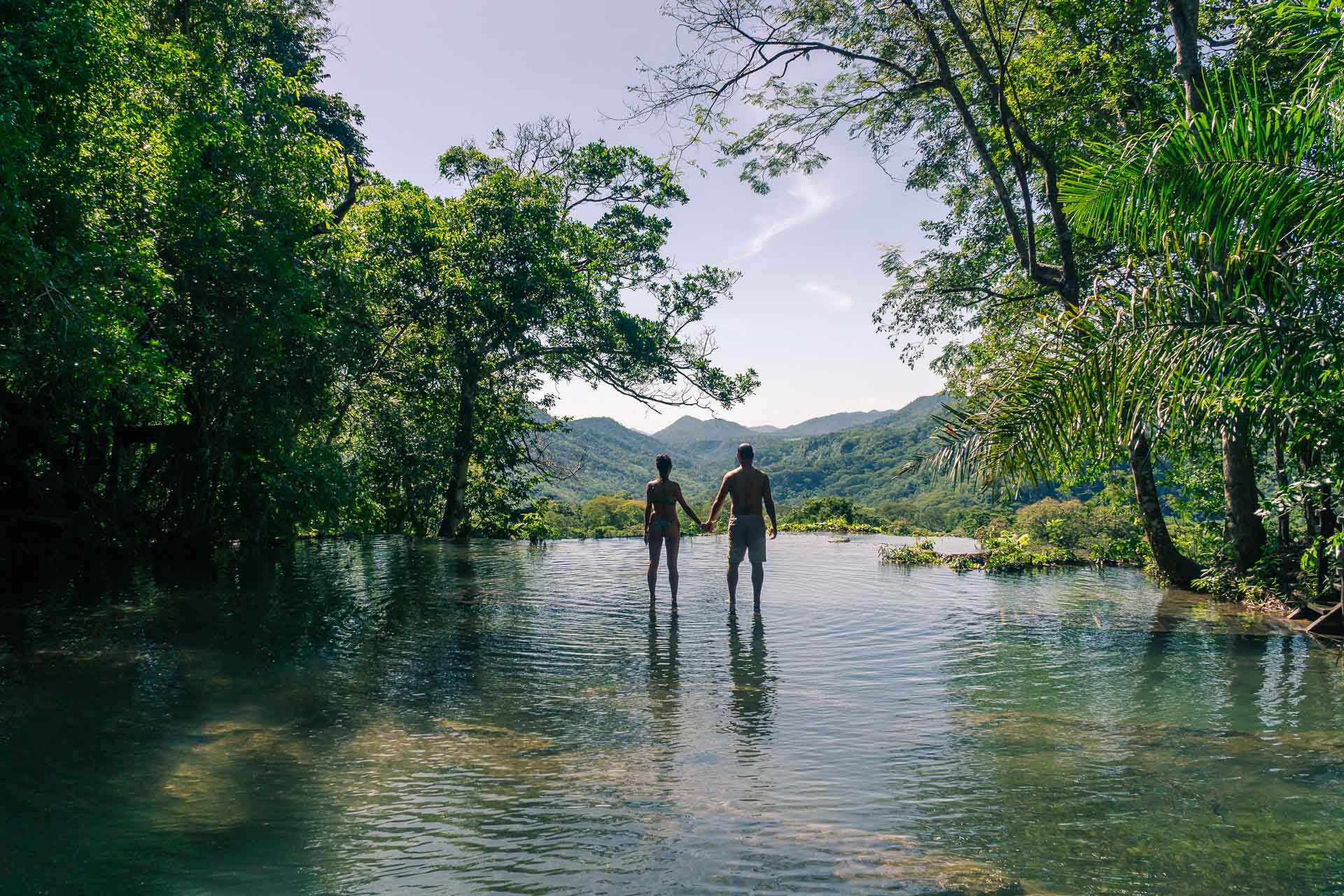
From May to September: preferable for those who want to see animals as this is the time the water dries up and the early stages of the dry season.
From February to April: That’s the flood season and when you are more likely to see that typical flooded Pantanal landscape. However, keep in mind that, unfortunately, the Pantanal is no longer flooding as it used to be due to the environmental imbalance.
From November to January: the rainy season. Just avoid it if possible.
What to pack when visiting Pantanal in Brazil
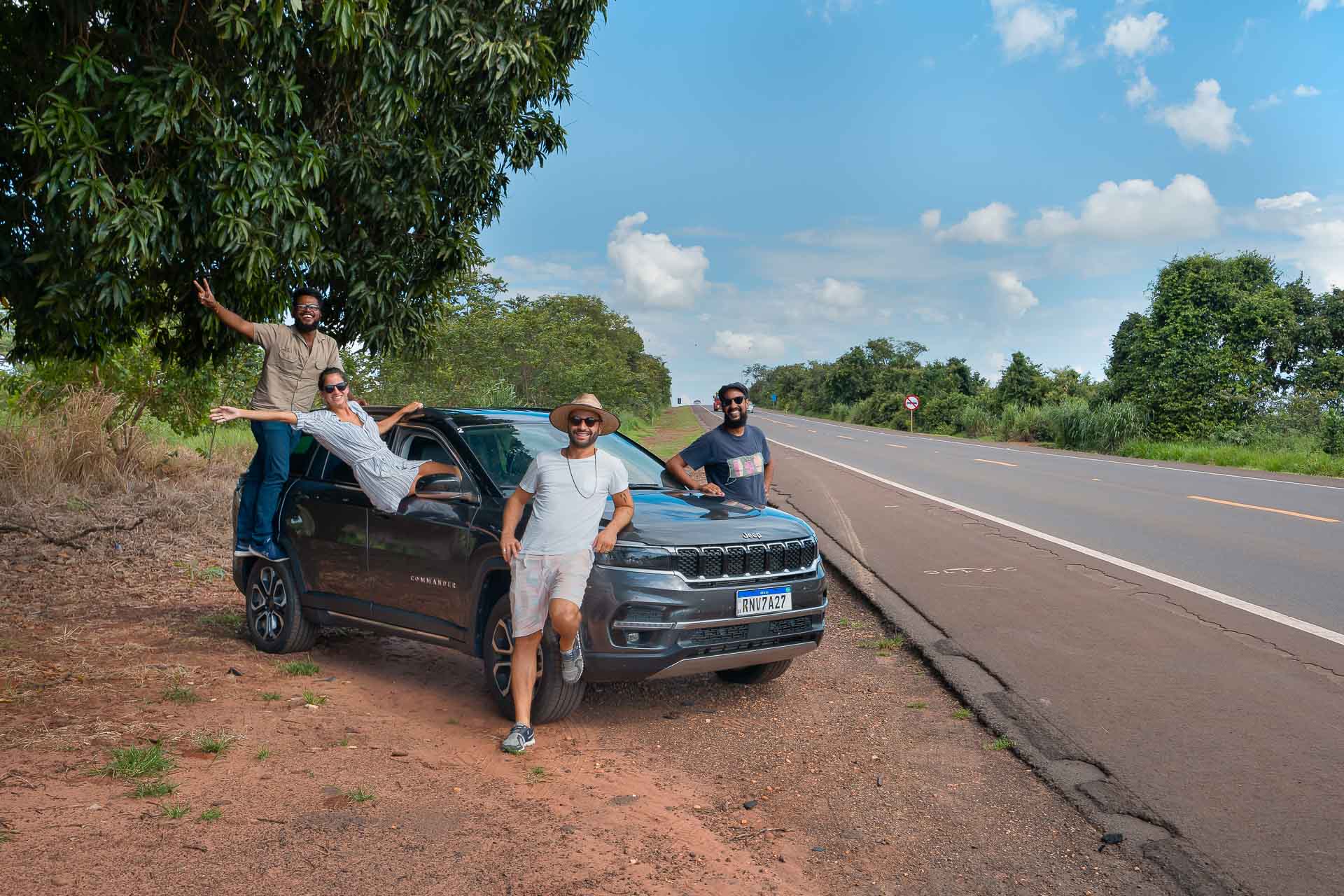
- Lots of repellents – especially in the rainy season;
- Jeans;
- Shirt with U.V protection – particularly if you are more sensitive to the sun;
- Sneakers for trekking;
- Hat or cap;
- Sunscreen;
- Binoculars.
The Pantanal nature is very wild. Get ready for a very immersive experience in which there is little control of the environment. We visited the Pantanal in April and were scared, for example, by the amount of mosquitoes. They are more common in the rainy and low seasons and disappear in the dry season. But in the dry season, we have another problem: ticks.
Anyway, to visit the Pantanal you have to be willing to accept and live with nature in its purest form. And trust us, it is really worth it! By all means, if you are doing a Pantanal tourism, make sure you are insured. We recommend being insured by SafetyWings. They have great customer service and are very reliable. Check the price for your insurance here.
Pantanal tourism as a way of environmental preservation
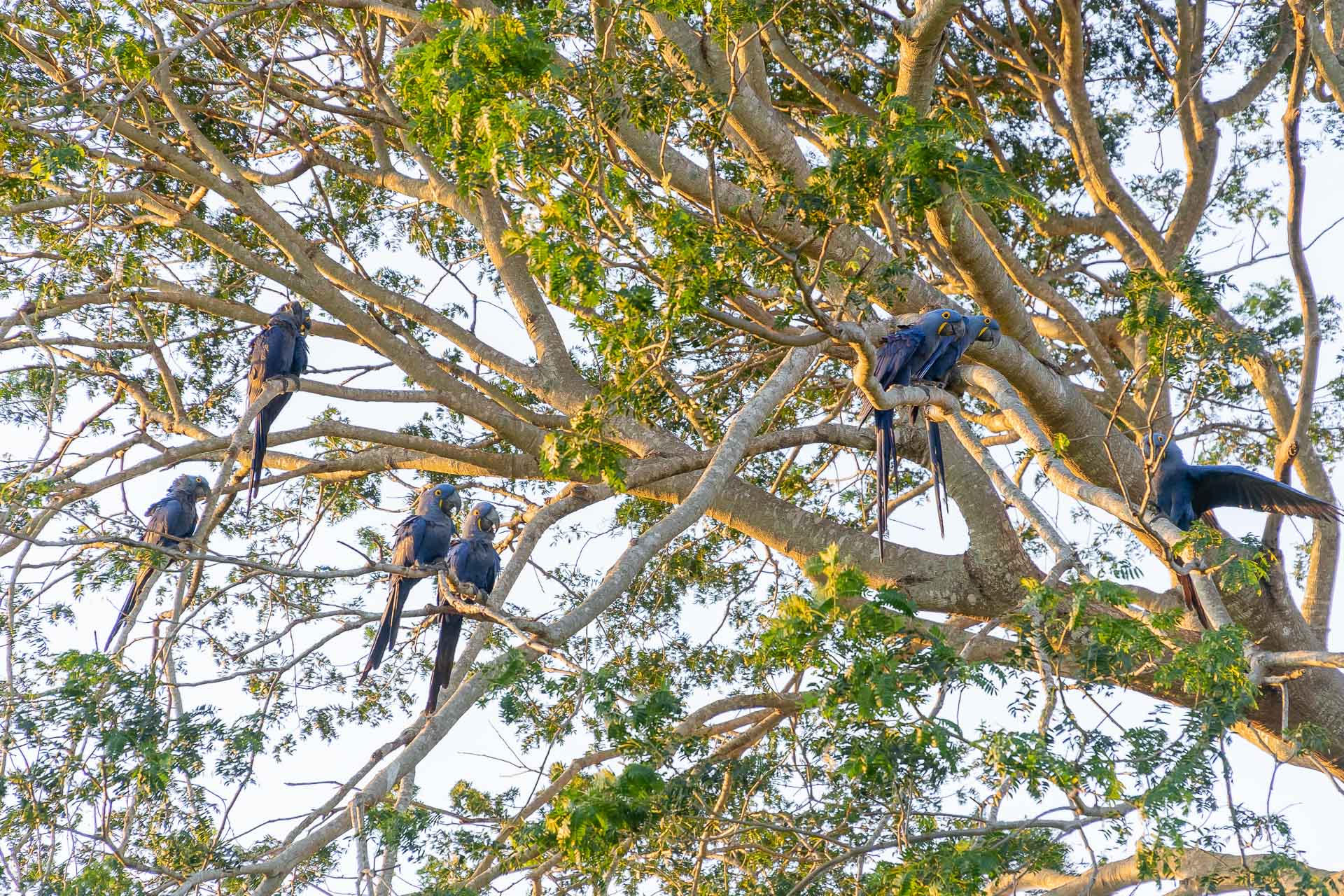
The Pantanal is a region of enormous biodiversity that must be preserved for the maintenance of an entire ecosystem. Yet, the region has suffered hard from the impacts of environmental imbalance. As totally dependent on the flying rivers of the Amazon, the largest wetland on the planet is increasingly drier. Sorry to disappoint you, but you will no longer see that flooded Pantanal that we all built in our collective imagination.
Despite the difficulties, there are very serious organizations and entrepreneurs fighting for its preservation, such as the Instituto Homem Pantaneiro – mentioned abobe, the Instituto Delta do Salobra – where Refúgio da Ilha is located as well as the Oncafari. All are unanimous in saying that tourism ought to be an important ally in this fight. In other words, if you want to help to protect the Pantanal, travel over there! As we have been told several times, “whoever knows it, creates empathy and becomes a protector”.
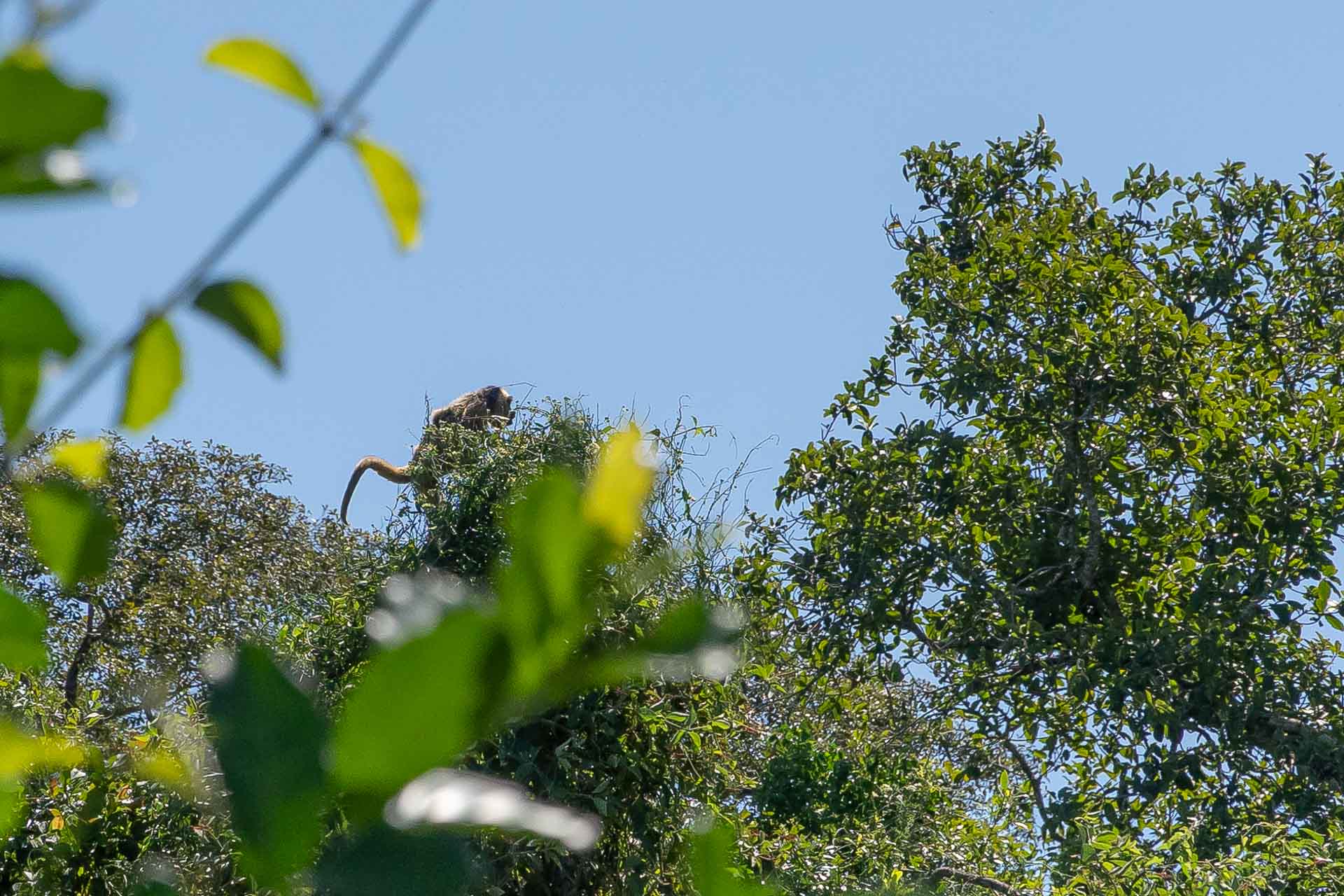
Traveling to the Pantanal is not a cheap choice, but for those who have the opportunity, be sure to visit. Go there, meet, connect and become a protector. But beware, there are malicious people everywhere. Make sure you are booking ethical tours, activities and accommodations owned by people who are working to preserve the Pantanal. Here in this article, we only recommended companies that we had the opportunity to get to know up close and were serious and committed.
If you know other companies working for the preservation of the Pantanal that we didn’t mention, don’t forget to tell us in the comments. We will definitely get in touch with them and, perhaps, add to this post too.
See the summary in FAQs
Pantanal is divided between Pantanal Norte, in Mato Grosso, and Pantanal Sul, in Mato Grosso do Sul. Therefore, the first decision you have to make before travelling to Pantanal is which of the two you want to visit. Unfortunately, they are not well-connected. Travelling between them by car would take a whole day.\n\n65% of the Pantanal in Brazil is in MS. Tourist structure over there is a little better than the one of the Pantanal North.
The Pantanal is simply the largest wetland on the planet, which does not mean it is a swamp! It is a large region composed of many districts, two states of Brazil as well as part of Paraguay and Bolivia. It is basically a land that gets flooded once a year for a long period of time because of its unique geological conditions; and then it dries up for the other part of the year. When is the dry season, all this organic material that was flooded becomes food for many animals. It’s a cycle that happens every year!
The main gateway for those going on a Pantanal tour is Campo Grande, the capital of Mato Grosso do Sul (MS) State. You can arrive in Campo Grande from different parts of Brazil, by all means, either by car, flight or the way that suits you better. We actually did Pantanal to São Paulo by car. We drove from São Paulo to Campo Grande. The whole journey took us 14h driving. We stopped to sleep in Presidente Prudente.
From Campo Grande, you have access to the main cities of the Pantanal South via the BR 262, such as Aquidauana – 141 km away; Miranda – 210 km; and Corumbá – 430 km.
The Pantanal in Brazil has the second largest population of jaguars in the world – second only to the Amazon. In other words, in theory, just by being in the Pantanal you already have great chances of seeing them. However, in practice, it is not that simple. These animals are extremely shy and flee at the slightest sign of human presence.
Lots of repellent – especially in the rainy season;
Jeans;
Shirt with U.V protection;
Sneakers for trekking;
Hat or cap;
Sunscreen;
Binoculars
From May to September: preferable for those who want to see animals as this is the time the water dries up and the early stages of the dry season.
From February to April: That’s the flood season and when you are more likely to see that typical flooded Pantanal landscape. However, keep in mind that, unfortunately, the Pantanal is no longer flooding as it used to be due to the environmental imbalance.
From November to January: the rainy season. Just avoid it if possible


